The Automated Cell Shaker Market is currently characterized by a dynamic competitive landscape, driven by innovation, technological advancements, and a growing demand for efficient laboratory solutions. Key players such as Thermo Fisher Scientific (US), Eppendorf (DE), and Sartorius (DE) are at the forefront, each adopting distinct strategies to enhance their market positioning. Thermo Fisher Scientific (US) emphasizes innovation through continuous product development, focusing on integrating advanced technologies into their offerings. Eppendorf (DE), on the other hand, appears to prioritize regional expansion, particularly in emerging markets, to capture a broader customer base. Sartorius (DE) is noted for its strategic partnerships, which enhance its product portfolio and market reach, thereby shaping a competitive environment that is increasingly collaborative and innovation-driven.
In terms of business tactics, companies are increasingly localizing manufacturing and optimizing supply chains to enhance operational efficiency and reduce costs. The market structure is moderately fragmented, with several players vying for market share, yet the collective influence of major companies like Corning (US) and BioTek Instruments (US) is significant. This fragmentation allows for a variety of product offerings, catering to diverse customer needs while fostering healthy competition among key players.
In August 2025, Thermo Fisher Scientific (US) announced the launch of a new automated cell shaker designed to enhance cell culture processes. This innovation is strategically important as it not only reinforces the company’s commitment to advancing laboratory technologies but also positions it to meet the increasing demand for high-throughput solutions in research and biopharmaceutical applications. The introduction of this product is likely to strengthen Thermo Fisher's competitive edge in the market.
In July 2025, Eppendorf (DE) expanded its manufacturing capabilities in Asia, aiming to localize production and reduce lead times for customers in the region. This move is indicative of a broader trend towards regional manufacturing, which may enhance Eppendorf's responsiveness to market demands and improve its supply chain efficiency. Such strategic localization efforts are likely to bolster the company’s market presence in Asia, a region with growing research and development activities.
In September 2025, Sartorius (DE) entered into a strategic partnership with a leading biotechnology firm to co-develop next-generation automated cell culture systems. This collaboration is significant as it not only expands Sartorius's technological capabilities but also aligns with the increasing trend of partnerships in the industry, which can accelerate innovation and enhance product offerings. Such alliances are becoming crucial in a market where rapid technological advancements are essential for maintaining competitive differentiation.
As of October 2025, the Automated Cell Shaker Market is witnessing trends that emphasize digitalization, sustainability, and the integration of artificial intelligence into laboratory processes. These trends are reshaping the competitive landscape, as companies increasingly seek to differentiate themselves through innovative solutions rather than solely competing on price. Strategic alliances are playing a pivotal role in this evolution, enabling firms to leverage complementary strengths and accelerate product development. Looking ahead, it is likely that the focus will shift towards enhancing technological capabilities and ensuring supply chain reliability, as these factors become critical in sustaining competitive advantage in a rapidly evolving market.


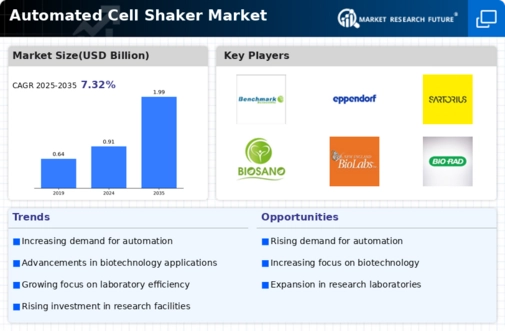
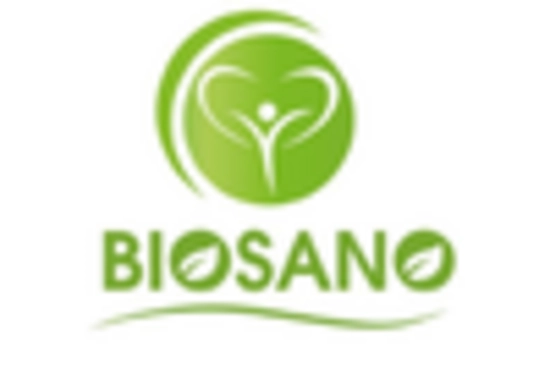
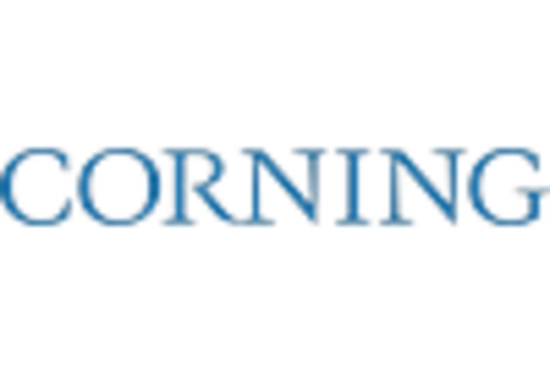
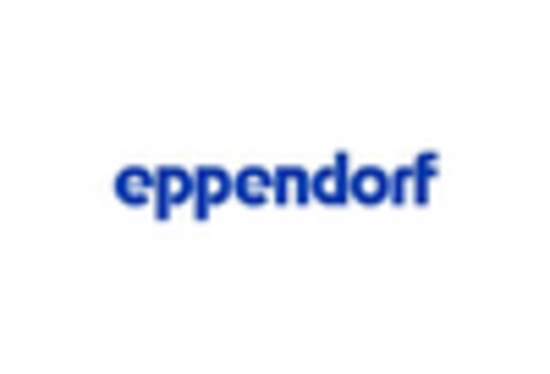


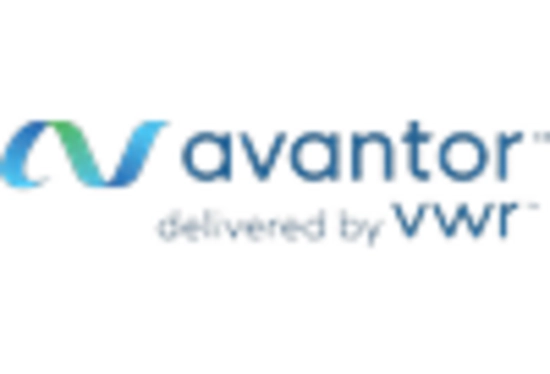








Leave a Comment